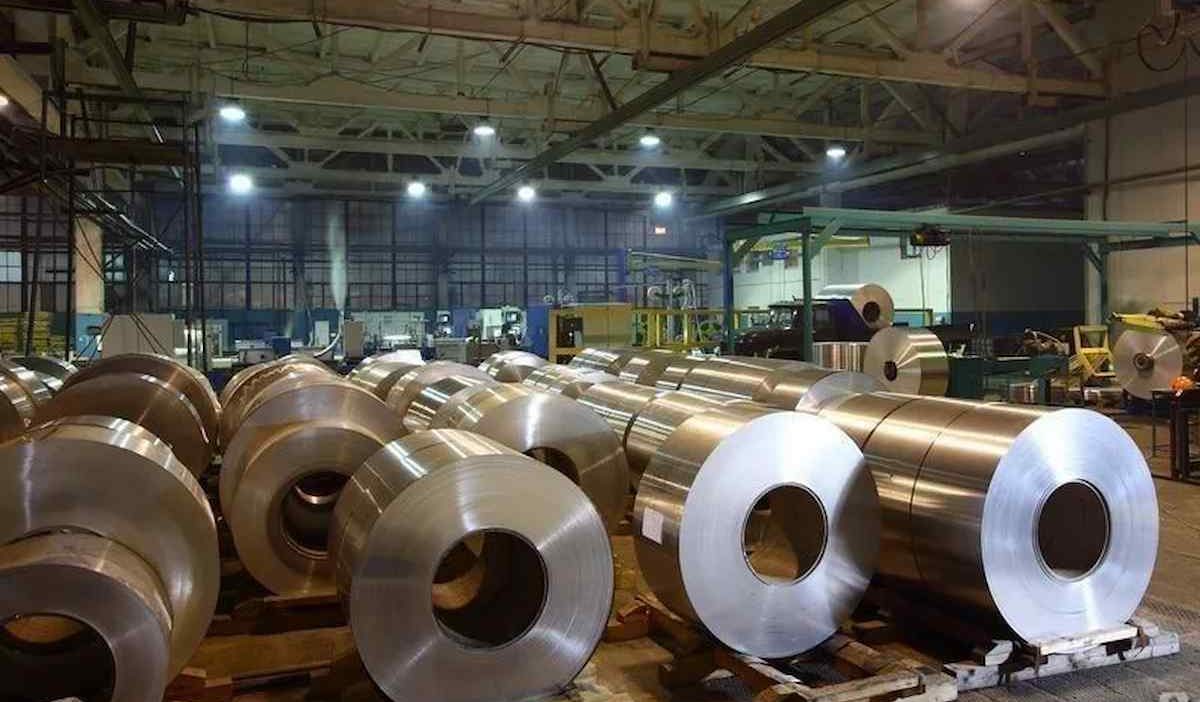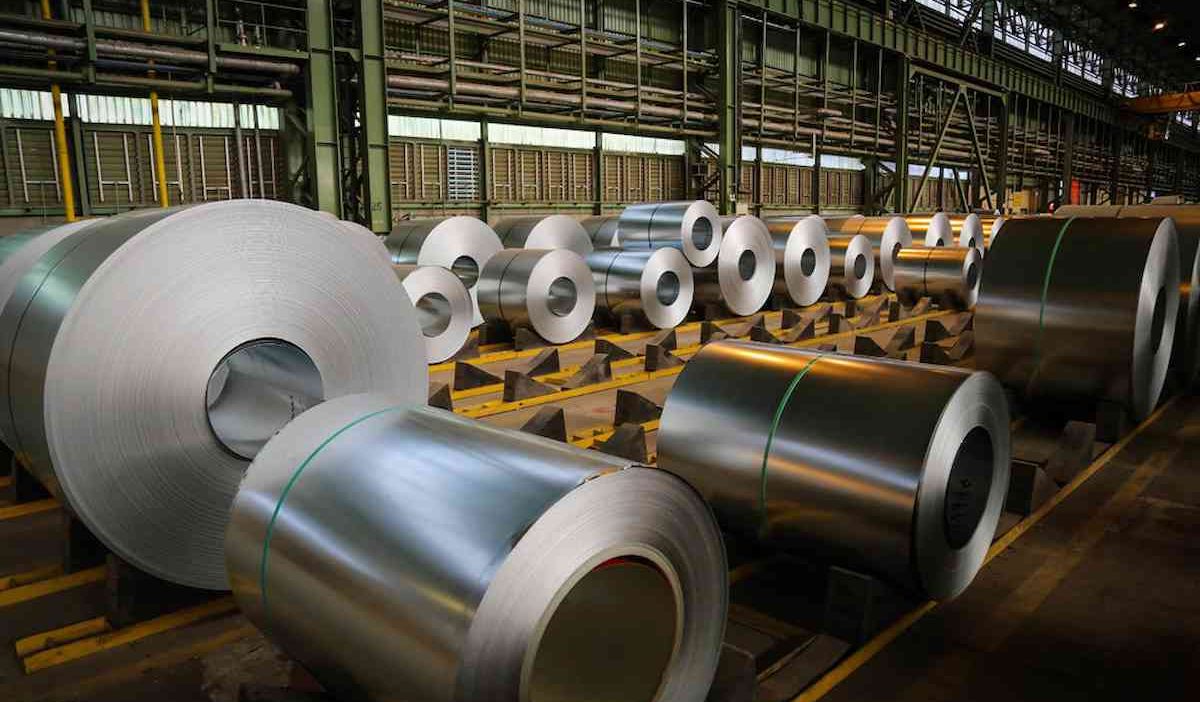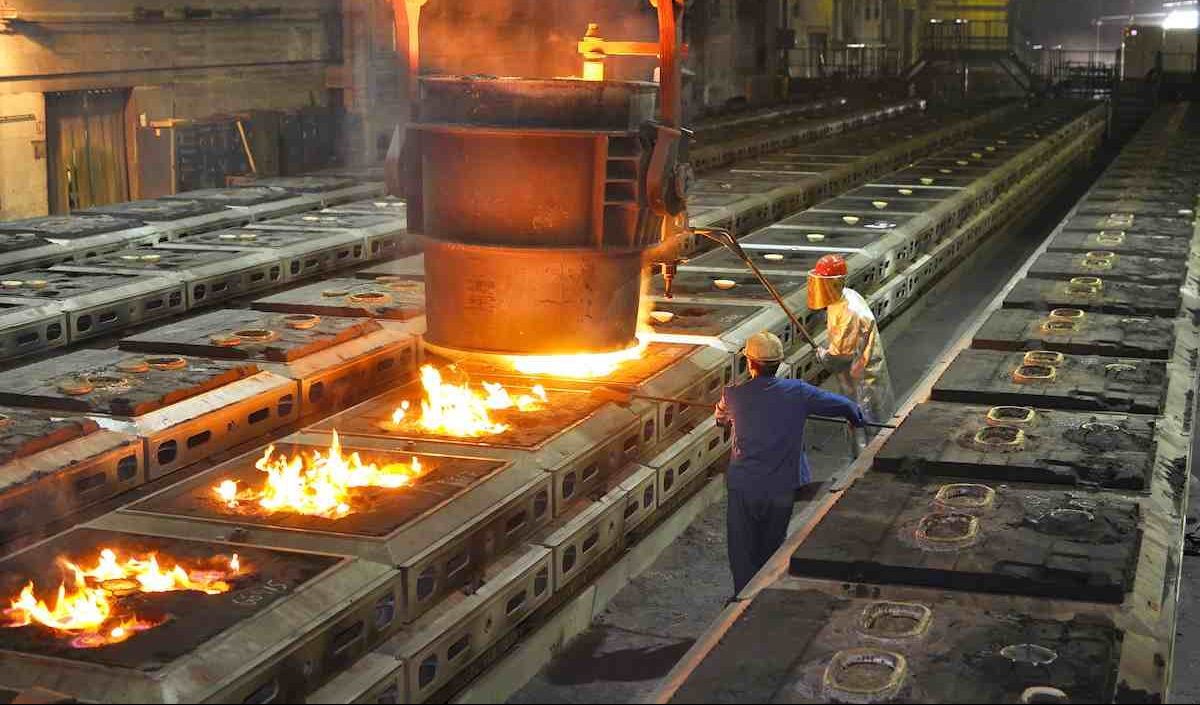Saudi Arabia has the world’s largest oil reserves and is the largest oil producer and exporter.
Steel, iron and steel mills and other industries such as oil account for 95% of exports and 70% of government revenue.
Additionally, it is the largest supplier of oil imported to the United States (about 50% of the demand for U.S. imports).
Oil makes Saudi Arabia a wealthy country in the world, and the kingdom continues to seek rapid modernization.
An urban expansion and rail network have made it the Middle East’s largest steel consumer market. Non-oil exports are seen as a major component of Saudi Arabia’s major policy, which aims to reduce dependency on oil export revenues over the next 10 years and instead expand non-oil exports, including steel.
The surge in demand for steel and the increase in its production will make Saudi Arabia the largest market for the growth of steel capacity, and possibly the largest steel consumer in the Middle East, by 2025.
Currently, the Saudi steel industry depends on imports and half of the country’s steel needs are met from imports, but as of 2025, when the new Saudi steel plants are launched, the need for imports will decrease. Due to the country’s future plans for infrastructure development, Saudi Arabia’s steel industry tends to produce industrial products, and currently the country is planning to produce heavy parts and rail tracks.

The “Land Bridge” railway project, which will serve as a bridge linking the city of Jeddah on the Red Sea coast to the cities of Dammam and Jubeir in the Gulf, is one such infrastructure project.
The primary goal of the railway is to transport iron and steel between the ports in western and eastern Saudi Arabia provinces.
Construction projects are another source of steel consumption in the country, accounting for a large part of steel demand.
Currently, the demand for steel in Saudi Arabia is between 12 and 14 million tons per year.
Saudi Arabia’s crude steel producers currently have 8 million tons a year, and the demand for steel production is expected to be used for large public transportation projects (the north-south railway network and Mecca, Riyadh and Jeddah) and most importantly all residential projects.
There is a significant increase.
Luxury projects such as the “Jeddah Tower”, a complex of about 1,007 meters and 200 floors, are known as the World Throne (the first building in the world with a height of more than 1 km), and have been built in Middle Saudi Arabia.
This ambitious project and others like it are responsible for the growth of steel consumption in the country’s construction industry.

Saudi Arabia’s production of raw steel, like other Gulf countries, relies on direct recovery and use of sponge iron due to the availability of cheap energy and natural gas.
Saudi raw steel production technology is continuous casting, producing 100% using electric furnace (EF).
The average production of sponge iron in Saudi Arabia is about 5 million and 500,000 tons, the majority of which is used in the production of raw steel in the country, and its trade is negligible.
Saudi Arabia is the third-largest producer in the Middle East after Turkey and Iran.
Countries in the region make up the share of Saudi Arabia’s total crude steel output, averaging 5 million tons and 400,000 tons in 2010-16, accounting for an average of 8% of the region’s raw steel output (including Turkey).
The country’s crude steel production has remained stable with the exception of a slight decrease in 2015 production over the past seven years.
In recent years, the development of large projects in Saudi Arabia has encountered many problems.
According to official reports, one of the nation’s mega-$3 billion projects planned for 2013, the King Abdullah Economic City, was canceled.
In the same year, the Sabic Group decided to invest US$2.4 billion to build two steel projects. The project was halted following more feasibility studies.
Declining oil prices and the challenges Shell faces appear to be in favor of OPEC and its most powerful member, Saudi Arabia.

As crude oil prices continue to fall, income from OPEC members has also declined. Saudi Arabia is under significant pressure as the government seeks to reduce its burgeoning spending by as much as 10 percent in order to reduce the deficit.
The IMF predicts that Saudi Arabia’s budget deficit in GDP is 20 percent. This problem manifests itself in various ways.
The country has not only been forced to reduce its costs but also has to enter the securities market.
Low oil prices forced Saudi Arabia to sign a deal, for the first time in eight years, with more than 12 months agreement worth around $10 billion.
The value of the currency has also come under increasing pressure.
The Saudi government has thus far tried to keep the riyal against the dollar. The steady decrease in oil prices, however, will force the government to reduce the value of its currency against the dollar.
Continuing this trend will garner attention in the world to Riyadh to see what strategies the Saudis have to prevent the situation from worsening.
Most OPEC members support oil cartels to reduce output and avoid the worst.
But Riyadh does not seem to retreat from its position, given the problems of rival production.
It should be noted that the Kingdom of Saudi Arabia will suffer greatly during the decline in oil prices.
Many American oil companies are in critical condition because the United States has cut oil production in recent months.
That would allow the kingdom to achieve its goal of maintaining market share and allow its competitors to set market prices.



